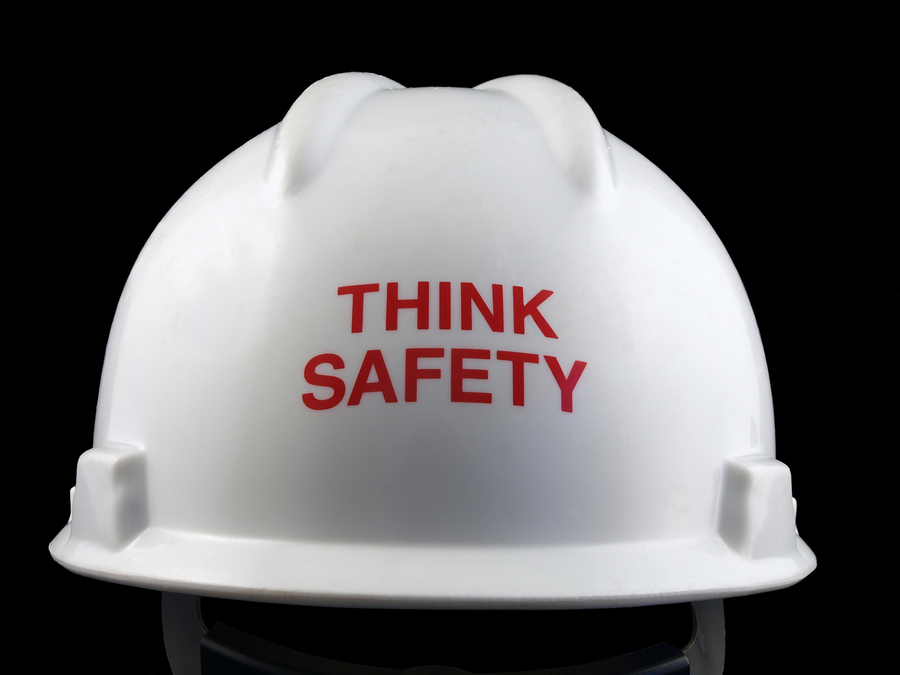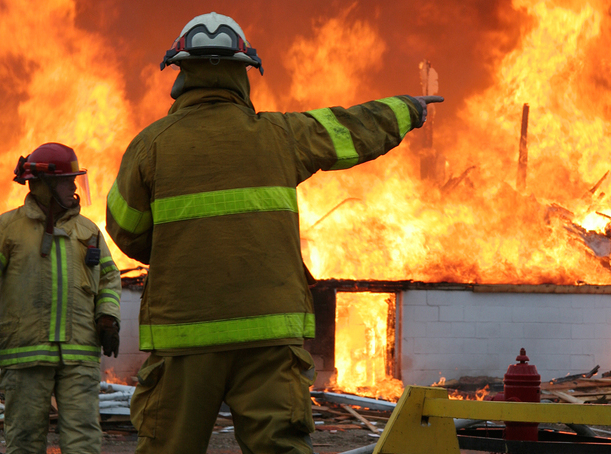Telling the truth when it can cost a company some of its profit has never been a popular choice. Yet that is the position that safety officers find themselves in if they wish to do their job. While they will not typically contact the local media for an expose, they are expected to let higher-ups know when the company is in violation of OSHA regulations – even when fixing the problem can cost thousands of dollars.
Most people would not covet such a job. And whether or not your company has a safe work environment is highly dependent not only on the safety officer doing his job, but the ability of supervisors to listen to his input, even when it goes against a company’s financial efforts or traditional manner of conducting business.
The April 2013 ASSE journal, “Professional Safety,” has published an article that lends validity to this uncomfortable truth. In “The Dissenting Voice – Key Factors, Professional Risks and Value Add,” author Dave Rebbitt, CRSP, CHSC explains the link between an organization’s structure and its commitment to worker safety.
Top-down authoritarian structures do not tend to tolerate the type of dissent that needs to occur for organizational change to happen. This is particularly applicable in the area of safety. When an organization rewards compliance and conformity, it will be difficult for safety officers and other employees to speak up about unsafe conditions and advocate for change.
Organizations with dual-authority matrix structures or other less hierarchal power structures, however, tend to tolerate greater dissent or even embrace it. In such companies, employees often feel a greater sense of empowerment and are better able to bring safety issues to the attention of management without fear of retaliation. According to the article, this type of organization tends to have better safety records.
Professional safety officers should consider the structure of the organization before taking on a new position, keeping in mind that they are likely to be far more effective working for a company that finds value in dissent.
Those in positions of power should consider if the organizational structure is putting their workers at risk — and act to remedy the situation.


